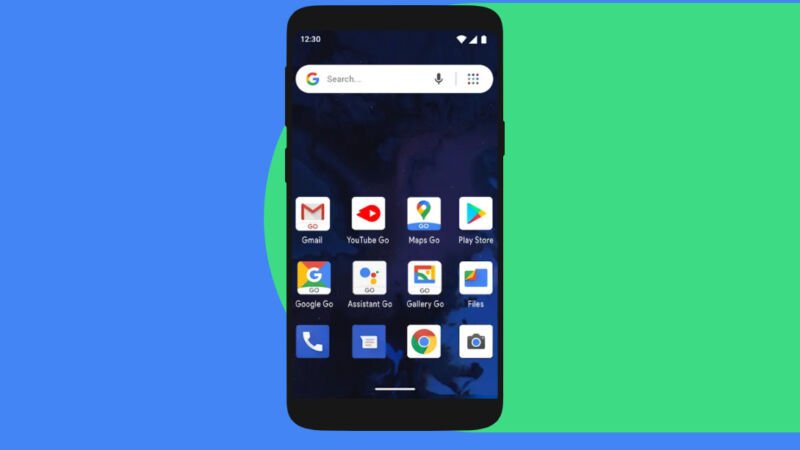The minimal conditions must be met for phones to qualify for an update.
With the release of Android 13, Google has lately increased the specifications for Android phones. According to Google’s most recent blog post, Android Go’s low-end version now requires 2GB of RAM instead of the prior need of 1GB. Despite the fact that Google doesn’t appear to have publicly acknowledged this anywhere, Esper’s Mishaal Rahman and Google Product Expert Jason Bayton assert that the minimum storage needs have been increased to 16GB.
Any phone that doesn’t have the minimum specifications required by the increased system requirements won’t be able to update to Android 13. Although launching with an older version of Android (with lesser needs) will still be a possibility for a time, new phones launching with Android 13 will need to match the minimum criteria in order to be eligible for Play Store licencing. Technically, anyone can download the Android source code and use it to create anything, but you must follow Google’s guidelines if you want to licence the Google apps and have access to the “Android” trademark.
Android Go is a simplified version of Android that comes with a selection of specifically designed, lightweight “Go” apps. Some of the most RAM-intensive features have been disabled. The US market won’t be significantly impacted by Google’s criteria because even inexpensive phones like this $30 Walmart phone have 3GB of RAM and 32GB of storage. The main goal of Android Go’s requirements is to maintain OEM compliance in underdeveloped nations where it is still possible to obtain devices with 1GB of RAM. More than 250 million people are using Android Go now, according to Google.
Even if these only apply to phones, it would be a great idea to extend the minimum 16GB of storage across all Android form factors. According to a Protocol report from last month, Google “highly encourages” manufacturers of smart TVs and streaming gadgets to include 16GB of storage as standard. Only 8GB of storage is available on Google’s Android-based Chromecast with Google TV, which is a regular cause of issues. It’s so horrible that we wouldn’t be shocked if the storage capacity of the supposed less expensive variant increased.








